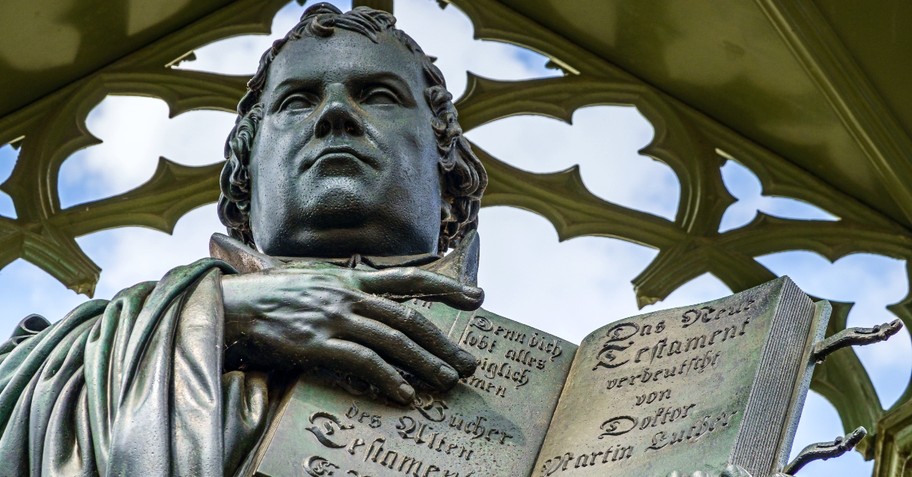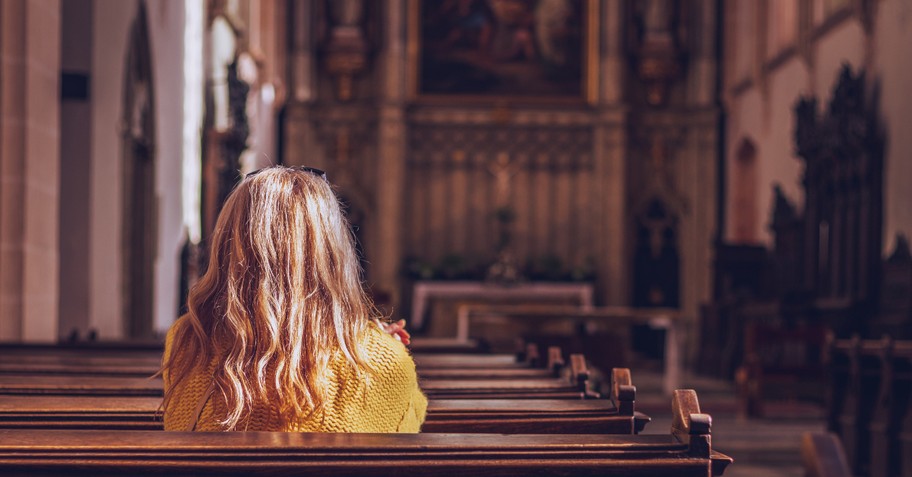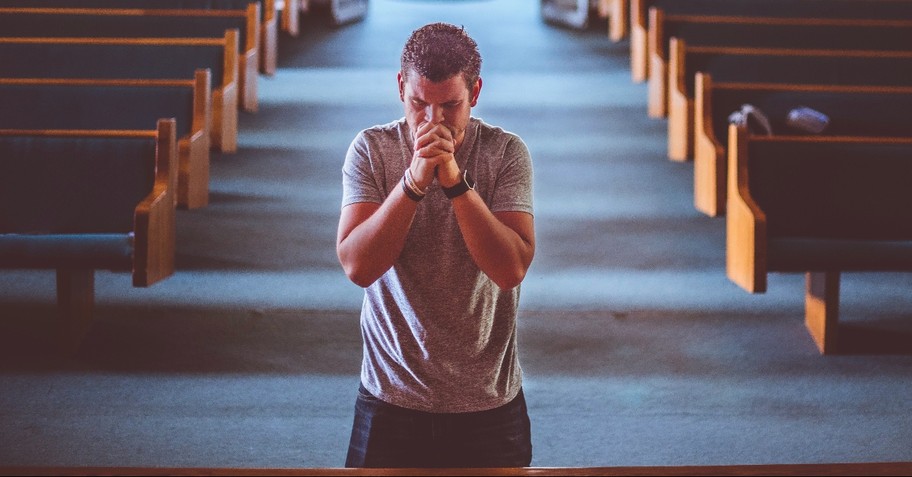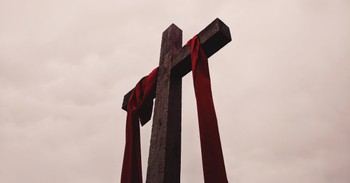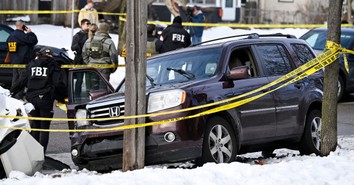Dwight Lyman Moody was one such preacher/evangelist. During the late 1800s, when he conducted revivals in Great Britain and America, he would close each meeting with an “invitation” to meet privately in what was called the Inquiry Room. Here, Moody’s trained counselors met with potential converts and read the Scriptures with them, answered their questions, then “engaged in prayer…in almost every case the inquirer is urged to pray for himself, and if unable to form the sentences, the teacher makes the prayer, which sentence by sentence is solemnly repeated.”
Former baseball-player-turned-preacher Billy Sunday took up the pray-a-prayer method, as well. After his own conversion in 1886 at Chicago’s Pacific Garden Mission, Sunday began holding revival meetings. After an energetic and somewhat theatrical presentation of the Gospel, Sunday would invite people to walk the “sawdust trail” to the front to pray a salvation prayer and shake his hand.
The use of the Sinner’s Prayer saw an uptick with Billy Graham during his worldwide crusades in the 50s, 60s, and 70s. Graham’s counselors used the prayer (mentioned above) from Graham’s Four Steps to Peace with God when leading people in making a profession of faith.
Also in the 1950s, Campus Crusade’s Bill Bright included a Sinner’s Prayer at the end of his popular witnessing tract, Four Spiritual Laws (mentioned above).
Other proponents of the prayer included William Booth of The Salvation Army, R.A. Torrey, Moody’s predecessor, and the Southern Baptist Convention (SBC). The latter solidified its support and adoption of the prayer after it came under attack in 2012, stating: “We affirm that repentance and faith involve a crying out for mercy and a calling on the Lord (Rom. 10:13), often identified as a “Sinner’s Prayer,” as a biblical expression of repentance and faith. A “Sinner’s Prayer” is not an incantation that results in salvation merely by its recitation and should never be manipulatively employed or utilized apart from a clear articulation of the gospel (Matt. 6:7, Matt. 15:7–9).”
Critics of the Prayer
That 2012 attack came mainly from Baptist pastor David Platt, who wrote: “I have seen the ‘sinner’s prayer’ abused across the contemporary Christian landscape as people ‘pray the prayer’ apart from a biblical understanding of the gospel or ‘pray the prayer’ on multiple occasions to ensure their salvation or ‘pray the prayer’ without ever counting the cost of following Christ. I have experienced this abuse in my own life: I can remember laying in my bed at night as a child/teenager, wondering about whether or not I’m really saved, and then thinking, ‘Well, I just need to pray that prayer again … and really mean it this time … and then I’ll know I’m saved.’ I have seen this abuse in a variety of evangelistic settings (here and overseas, among children, youth, and adults).”
Platt argued that the prayer is “superstitious,” a false doctrine, and a “work,” which puts the onus of salvation on the pray-er, not on God, who initiates salvation in the hearts of men.
Sadly, Platt asserts, saying the prayer can lead people to a false sense of spiritual security. They may pray the prayer, be told they are now saved, but walk away still dead in their sins. In those instances, the prayer becomes more “insurance” than “assurance.”
[Note: Platt, a member of the SBC, eventually voted in favor of the adoption of the Sinner’s Prayer after making known his concerns and disclaimers were included.]
Photo Credit: Zbynek Pospisil




